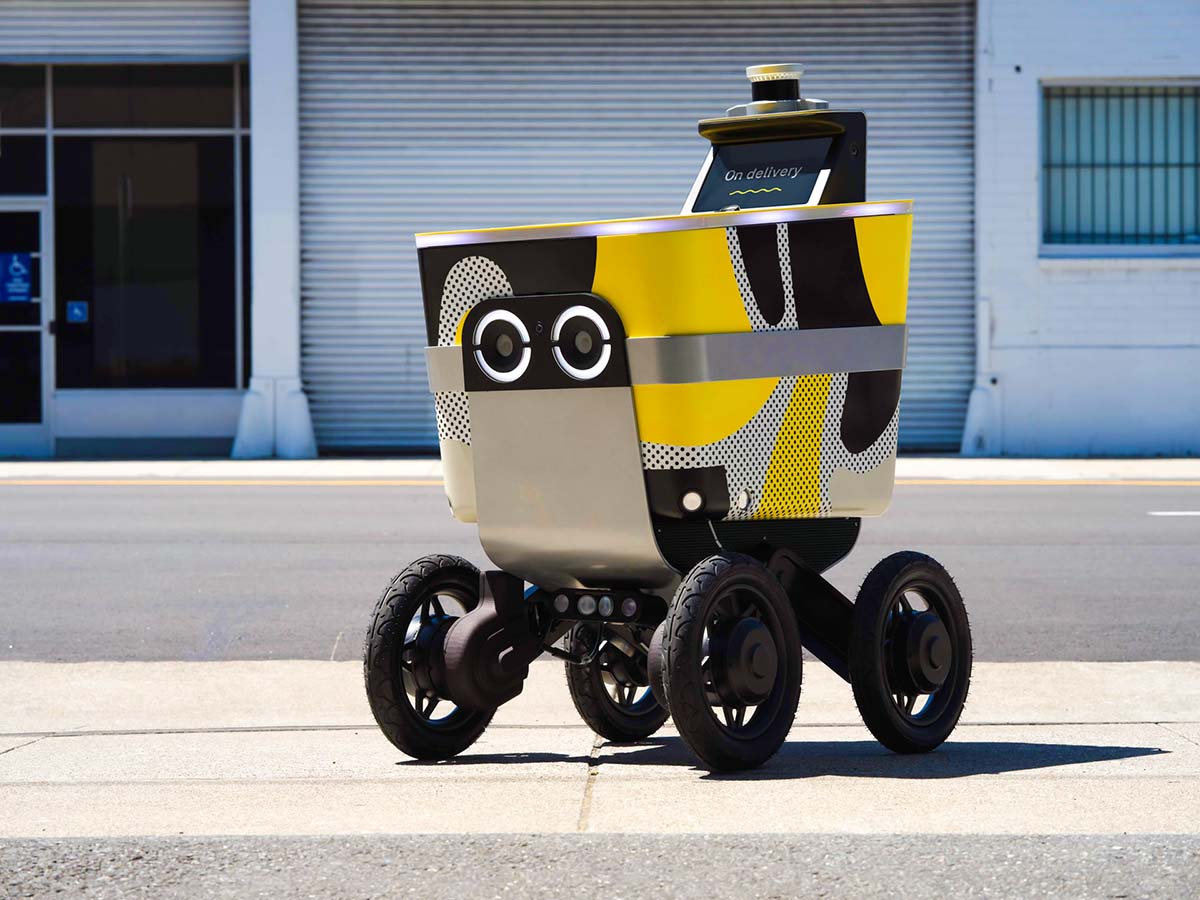
Serve Robotics, the sidewalk robot delivery company backed by Uber and Nvidia, made its public market debut on Thursday, 18th April, trading on the Nasdaq under the ticker “SERV” with an opening share price of $4.
The initial public offering brought in gross proceeds of approximately $40 million before underwriting discounts and offering expenses, according to regulatory filings. This move represents the latest example of a startup opting for a reverse merger with a blank-check company, in this case, Patricia Acquisition Corp., as a strategy for accessing the capital needed for growth.
Why Choose a Reverse Merger?
The path Serve Robotics took to the public market is not through a traditional IPO but via a reverse merger completed in August 2023. This method is increasingly popular among startups as it offers a quicker route to listing on a stock exchange. Despite its speed, this alternative route carries risks, particularly for companies with minimal revenue, a challenge faced by numerous companies in the autonomous and electric vehicle sectors that have not achieved longevity or profitability.
Founded as a spin-off from Uber’s acquisition of Postmates in 2021, Serve Robotics has embarked on enhancing its technological and operational capacities. It completed its reverse merger and simultaneously secured $30 million in funding from its existing investors—Uber, Nvidia, and Wavemaker Partners. This funding round brought its total raised amount to $56 million.
Serve Robotics’ Financial Outlook
Financially, Serve Robotics reported:
- 2023 Revenue: $207,545
- 2022 Revenue: $107,819
- 2023 Losses: $1.5 million
- 2022 Losses: $1.04 million
With the capital raised from its public offering, Serve plans to invest in research and development for future robot models, expand geographically, and enhance its manufacturing capabilities.
The company has set ambitious financial targets, aiming to achieve annual revenues between $60 million and $80 million by the end of 2025, with contribution margins over 50% and positive cash flow. This optimism is fueled by a 25% month-over-month increase in deliveries since 2022, the year Serve began handling deliveries for Uber Eats.
Looking ahead, Serve aims to expand its fleet from 100 robots currently operating in Los Angeles to 2,000 across multiple U.S. cities by the end of next year. This expansion will be supported through a partnership with Uber Eats and includes cities like Dallas, San Diego, and Vancouver.
Serve Robotics also sees potential revenue streams through advertising on its delivery robots. CEO Ali Kashani shared that ad revenues could account for 25% to 50% of total revenue annually. This strategy not only helps offset delivery costs but also capitalizes on the high visibility of the robots in urban environments.
The Future of Robot Deliveries
From a technological standpoint, Serve’s robots are highly autonomous, operating at Level 4 autonomy which allows them to function independently within set conditions and boundaries, though they still require human oversight in certain scenarios. The company’s operational model benefits from ongoing advancements in AI and robotics, aiming to reduce reliance on traditional delivery vehicles and address labor shortages in the delivery industry.
As for regulatory and operational milestones, the completion of Serve’s public offering is anticipated by April 22, potentially increasing the gross proceeds to about $46 million if the underwriter, Aegis Capital Corp., exercises an option to purchase additional shares. Following the merger, Uber and Nvidia’s stakes in Serve are expected to adjust to 11.5% and 10.1%, respectively, reflecting the impact of the public offering’s pricing dynamics.
Uber’s engagement with Serve extends beyond financial investment, with Sarfraz Maredia, Uber’s vice president of delivery and head of its Americas region, joining Serve’s board. This strategic alignment highlights the ongoing collaboration and shared goals between Uber and Serve Robotics, aiming to innovate and expand the reach of autonomous delivery services.
Related News:
Featured Image courtesy of Serve Robotics
